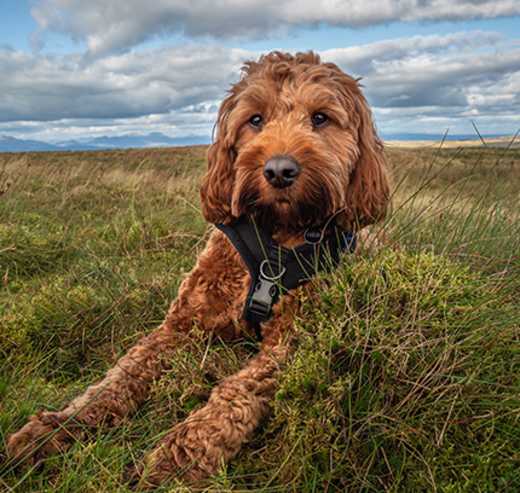A full-grown English Cocker Spaniel is a medium-sized breed, typically weighing between 23 to 41 pounds and standing around 15 to 16 inches tall at the shoulder. Males are at the upper end of this range, while females tend to be a bit smaller.
The final size of an English Cocker Spaniel can be influenced by a few factors, including genetics, diet, and health during their growth phase. Genetics play a significant role, as dogs from larger parents are more likely to grow to the upper end of the size range, while those from smaller parents may be on the smaller side. Diet is another important factor; providing a well-balanced, age-appropriate diet ensures they receive the right nutrients for healthy growth. Overfeeding or underfeeding can affect their growth rate and final size, so it’s essential to follow a feeding schedule suited to their needs.
Overall health and exercise also impact their development. Proper physical activity helps maintain a healthy weight and encourages muscle growth, while too much inactivity or overexertion during growth can lead to stunted development or joint problems.












